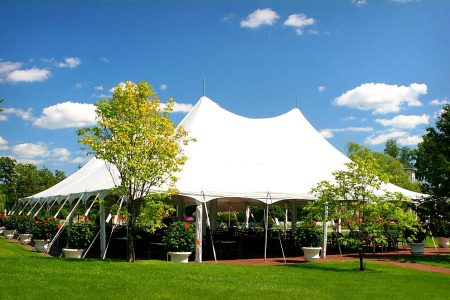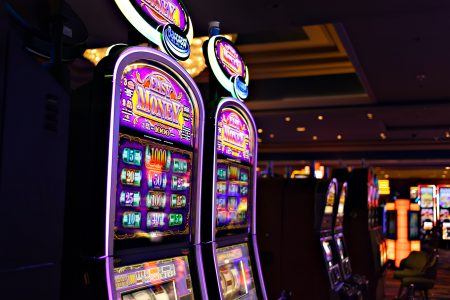Urban life has always been a source of inspiration for video game creators, offering a blend of chaos, culture, and rhythm that translates seamlessly into immersive worlds. While some games depict cities with photorealistic precision, others capture their spirit through music, atmosphere, and interactive design, turning virtual metropolises into characters in their own right.
The heartbeat of the streets
In many city-themed games, sound is as vital as the visual setting. From the distant hum of traffic to the echo of footsteps in narrow alleys, audio design creates authenticity. Game developers often record real urban environments to capture these nuances, layering them into gameplay to make the player feel embedded in the city’s pulse.
Music as a cultural map
Music in urban-based games often mirrors the diversity of the real cities they portray. Hip-hop beats, Latin rhythms, and electronic loops become cultural signposts, guiding players through neighborhoods and storylines. In some cases, entire missions are synced with the soundtrack, making the player’s progression feel like part of a larger musical composition.
Read also: Graffiti, Beats, and Boss Battles: The Sound of Cities in Gaming
Interactive urban storytelling
The architecture of in-game cities tells its own story. Cracked sidewalks, graffiti-covered walls, and neon-lit storefronts are more than set dressing—they offer clues about the city’s history, its economy, and the communities that inhabit it. Developers use environmental storytelling to deepen immersion, making exploration rewarding beyond combat or mission objectives.
Local voices in global games
Voice acting has become another tool for authenticity. Casting actors with local accents or using regional slang adds layers to the world-building. Even overheard conversations between non-playable characters can make a fictional city feel alive and responsive to the player’s presence.
Real-world parallels and player connection
For players who live in or have visited the cities that inspire these games, recognition creates a unique bond. Spotting a familiar street corner or hearing a rhythm reminiscent of a local music scene can spark nostalgia. Just as Football Predictions uses data to connect sports fans with their passion, these games use cultural cues to connect players with virtual spaces.
Community-created cityscapes
Modding communities have also played a role in expanding and personalizing urban environments in games. Fans recreate their hometowns, update city maps to reflect real-world changes, or add cultural elements overlooked by the original developers. This collaborative creativity keeps in-game cities evolving long after a game’s release.
Challenges of digital urban design
Designing a city in a game is not just about scale; it’s about balance. Too much realism can overwhelm gameplay, while too little can make the city feel hollow. Developers walk a fine line between creating spaces that are believable and those that are enjoyable to navigate, ensuring the player feels both challenged and at home.
From the rhythm of the streets to the skyline at sunset, the essence of a city can transform a game from a simple interactive experience into a living, breathing world. And in this ongoing exchange between real cities and their virtual counterparts, the streets will always have stories left to tell.
Featured image credit: DepositPhotos.com








